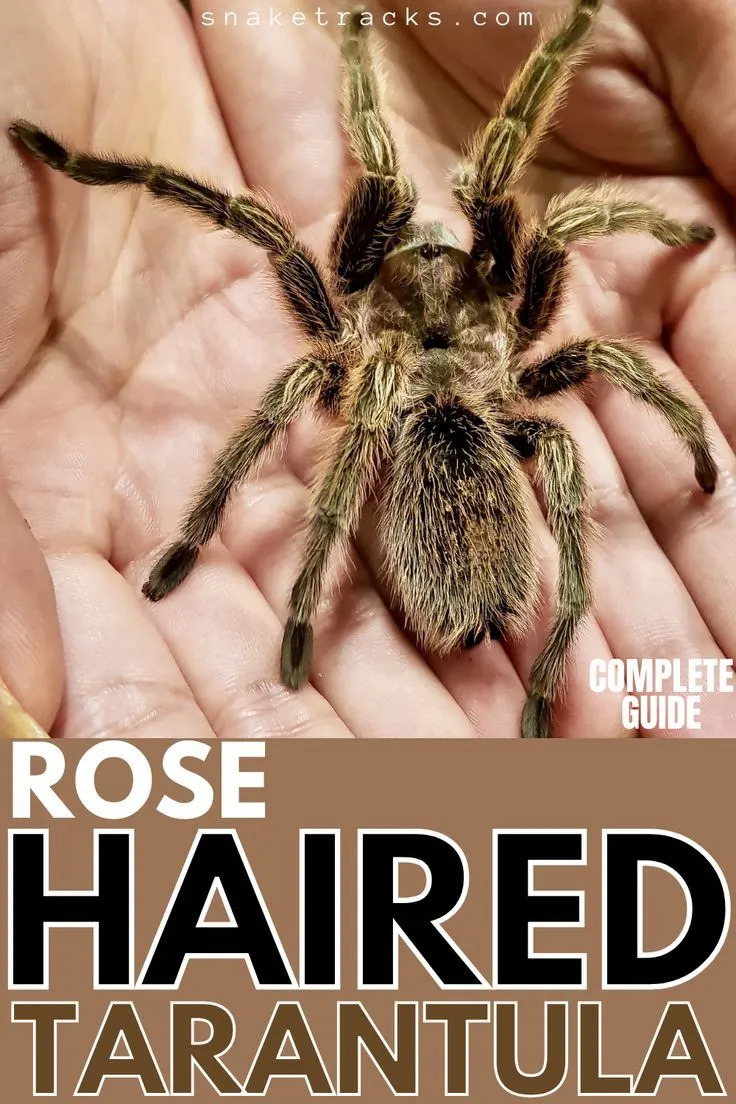Understanding the Rose Hair Tarantula
The Rose Hair Tarantula (Grammostola rosea), also known as the Chilean Rose Hair Tarantula, has become a popular pet among both novice and experienced tarantula keepers. Known for their docile temperament and relatively easy care requirements, these spiders are an excellent choice for those looking to delve into the world of exotic pets. Their beautiful coloration, with a reddish-brown carapace and pinkish hairs, adds to their appeal. However, responsible ownership involves understanding their needs, providing a suitable environment, and knowing how to interact with them safely. This comprehensive guide will walk you through every aspect of caring for your Rose Hair Tarantula, from setting up their habitat to understanding their behavior and ensuring their health.
Origin and Natural Habitat of Rose Hair Tarantulas
Rose Hair Tarantulas originate from the arid and semi-arid regions of South America, primarily Chile, Argentina, and Bolivia. In their natural habitat, they are terrestrial creatures, meaning they live on the ground, often found in burrows or under rocks and debris. The climate in these areas is characterized by dry conditions, with temperatures fluctuating throughout the day and night. Understanding their natural environment is crucial for replicating it in captivity. Providing the right temperature, humidity, and substrate are all essential for the tarantula’s well-being. Their wild behaviors, such as burrowing and hiding, will be reflected in their captivity, thus offering enrichment. The knowledge of their origins allows you to create a more suitable and stress-free environment for your pet.
Physical Characteristics of Rose Hair Tarantulas
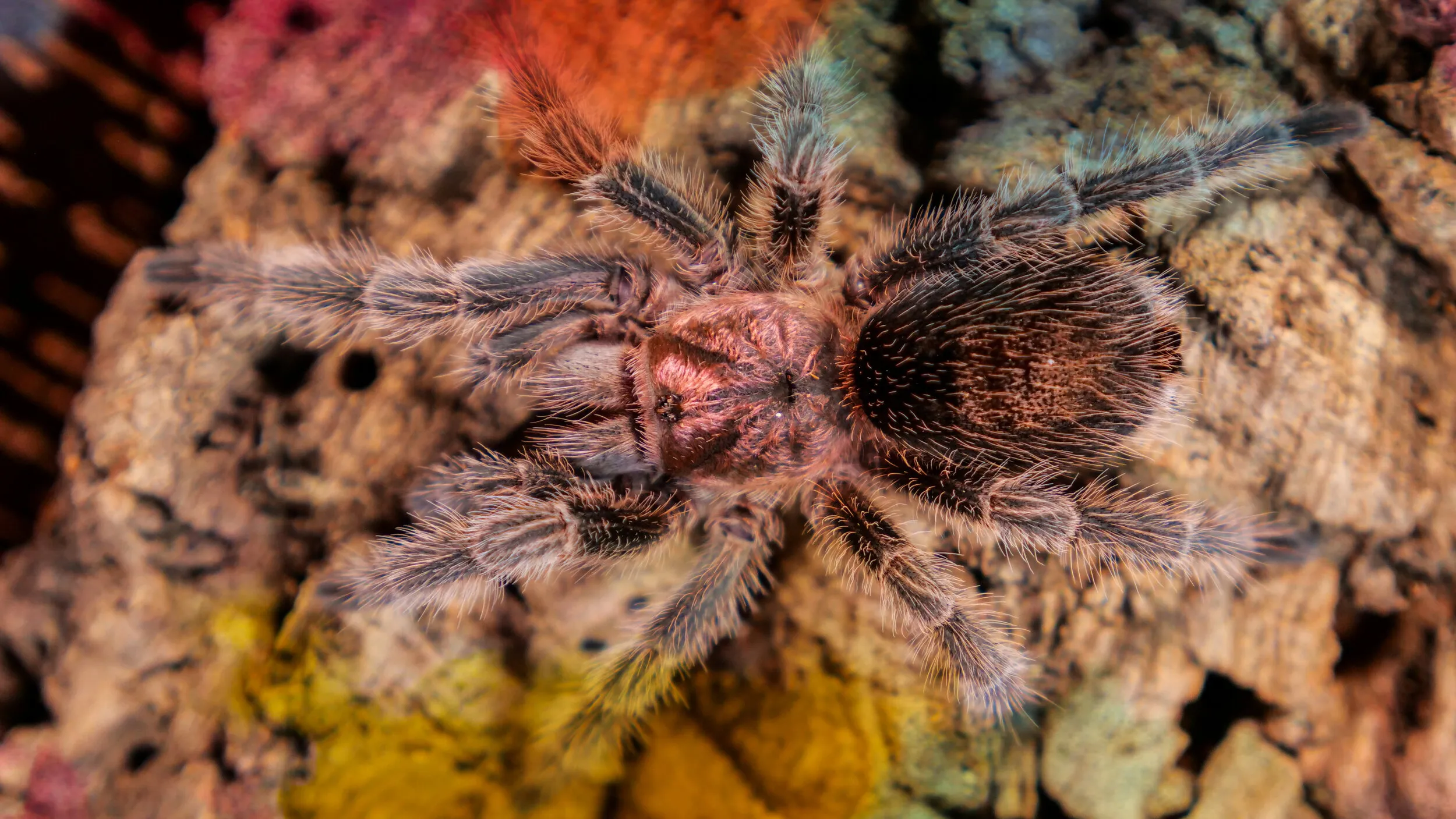
Rose Hair Tarantulas have distinct physical features that set them apart. Adult females typically grow to a leg span of 5-6 inches, while males are often slightly smaller. They are covered in urticating hairs, which they can flick off their abdomen as a defense mechanism. Their coloration is a mix of dark brown, reddish-brown, and pinkish hairs on their carapace and legs, which can vary slightly between individuals. The lifespan of a Rose Hair Tarantula is a significant consideration; females can live for 15-20 years or more, while males have a shorter lifespan of 5-10 years. The difference in lifespan often contributes to their value to owners. Regular observation of your tarantula’s appearance, including its size, coloration, and any changes, can help you monitor its health and well-being. Knowing the signs of molting is also very important.
Creating the Perfect Rose Hair Tarantula Habitat
Creating a suitable habitat is crucial for the health and happiness of your Rose Hair Tarantula. The enclosure should replicate their natural environment as closely as possible. This involves providing the right temperature, humidity, substrate, and hiding places. A well-designed habitat not only supports their physical needs but also allows them to exhibit natural behaviors, reducing stress and promoting a longer, healthier life. The size of the enclosure depends on the size of the tarantula, but it should be large enough to allow for movement and burrowing. By providing a comfortable and enriching environment, you can ensure your tarantula thrives.
Choosing the Right Enclosure for Your Tarantula
Choosing the right enclosure is the first step in creating a suitable habitat. A glass or clear plastic terrarium is generally recommended, as it allows you to observe your tarantula and provides good ventilation. The size of the enclosure should be appropriate for the tarantula’s size; a juvenile Rose Hair Tarantula can start in a smaller enclosure, about 5 gallons, while an adult will need a larger one, around 10-20 gallons. Make sure the enclosure has a secure lid to prevent escape. The enclosure should also allow for proper air circulation to prevent mold and maintain the correct humidity levels. Always prioritize the safety and security of your pet by choosing a durable and well-ventilated enclosure.
Substrate and Decorating Your Tarantula’s Home
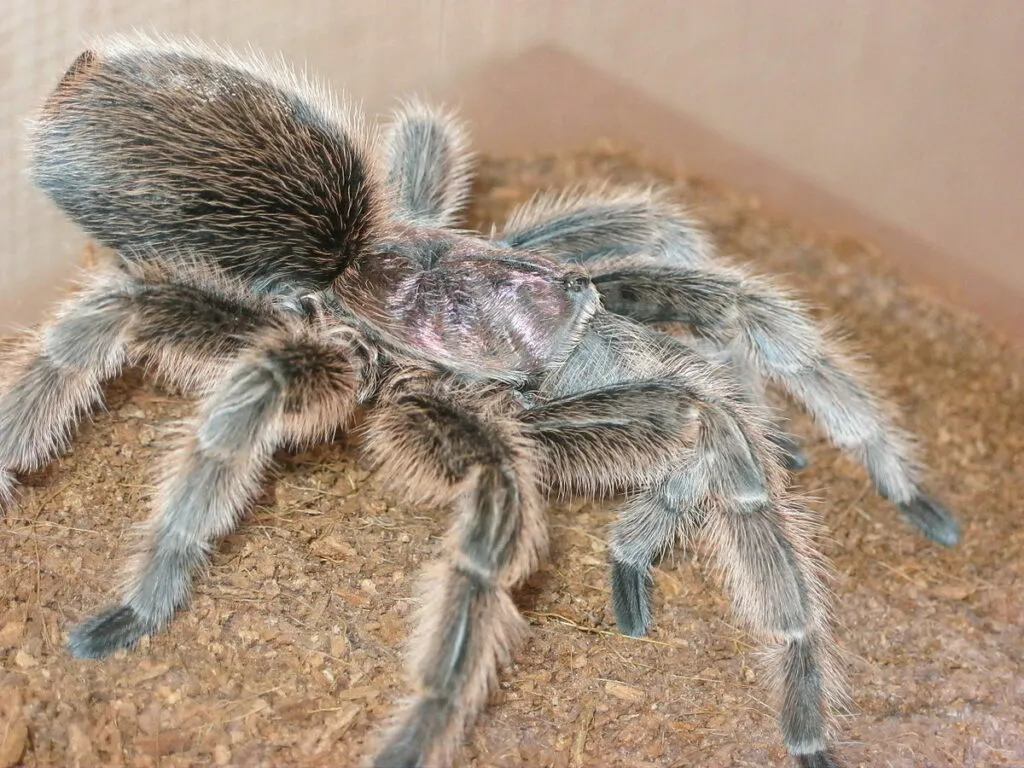
The substrate, or bedding, is an essential part of your tarantula’s habitat. It provides a comfortable surface for the tarantula to walk on and burrow in, and it also helps to maintain humidity levels. Suitable substrate options include a mix of peat moss, coconut fiber, and vermiculite. The substrate should be deep enough for the tarantula to burrow, typically 4-6 inches. Adding decorations such as cork bark, artificial plants, and hides can enrich the environment. These provide hiding places and allow the tarantula to feel secure. Avoid using sharp objects or materials that could harm your tarantula. Arrange the decorations to create a naturalistic and stimulating environment.
Maintaining Optimal Temperature and Humidity
Maintaining the correct temperature and humidity is crucial for your Rose Hair Tarantula’s health. The ideal temperature range is between 75-85°F (24-29°C). You can use a heat mat or a ceramic heat emitter to maintain the proper temperature. Avoid using heat lamps, as they can dry out the enclosure. Humidity levels should be around 60-70%. You can measure humidity using a hygrometer. To maintain humidity, mist the enclosure with water once or twice a week, depending on the humidity levels. Ensure proper ventilation to prevent mold growth. Regular monitoring and adjustments are key to ensuring your tarantula’s environment is ideal.
Feeding Your Rose Hair Tarantula
Feeding your Rose Hair Tarantula is a straightforward process, but it requires attention to the tarantula’s needs and preferences. Providing the right food at the correct intervals ensures your tarantula receives the necessary nutrients for growth and health. Understanding the feeding habits of your tarantula, including what and how much to feed, will help you keep them healthy and content. Always remove uneaten food to prevent mold and maintain a clean environment.
Choosing the Right Food and Feeding Schedule
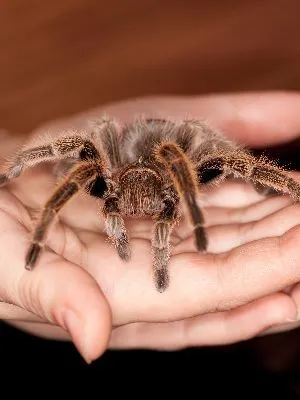
Rose Hair Tarantulas are insectivores, meaning their diet consists of insects. Suitable food options include crickets, mealworms, and roaches. The size of the insects should be appropriate for the size of your tarantula; the insects should be no larger than the tarantula’s abdomen. A juvenile tarantula should be fed 2-3 times a week, while an adult can be fed once or twice a week. Overfeeding can lead to obesity, so monitor your tarantula’s body condition and adjust the feeding schedule accordingly. It is important to gut-load the insects before feeding them to your tarantula, by feeding them nutritious food, to ensure your tarantula gets a balanced diet. Provide a shallow water dish for your tarantula to drink from.
Water and Hydration for Your Tarantula
Water is essential for your Rose Hair Tarantula’s survival. Always provide a shallow water dish filled with fresh, clean water. The water dish should be small enough that the tarantula cannot drown. Replace the water every few days to prevent bacteria growth. In addition to the water dish, you can also mist the enclosure to help maintain humidity, which also provides a source of water. The frequency of misting will depend on the humidity levels in your enclosure. Proper hydration is crucial for molting, a process in which tarantulas shed their exoskeleton. Ensure that your tarantula always has access to fresh water to support its overall health and well-being.
Handling Your Rose Hair Tarantula Safely
Handling your Rose Hair Tarantula should be approached with caution and respect. While they are known for their docile nature, they can still bite if they feel threatened, and their urticating hairs can cause skin irritation. Before handling your tarantula, it’s important to understand their behavior and potential risks. Handling should be done only when necessary and with proper preparation to ensure both your safety and the tarantula’s well-being. Always prioritize the spider’s comfort and safety.
When to Handle and When to Avoid Handling
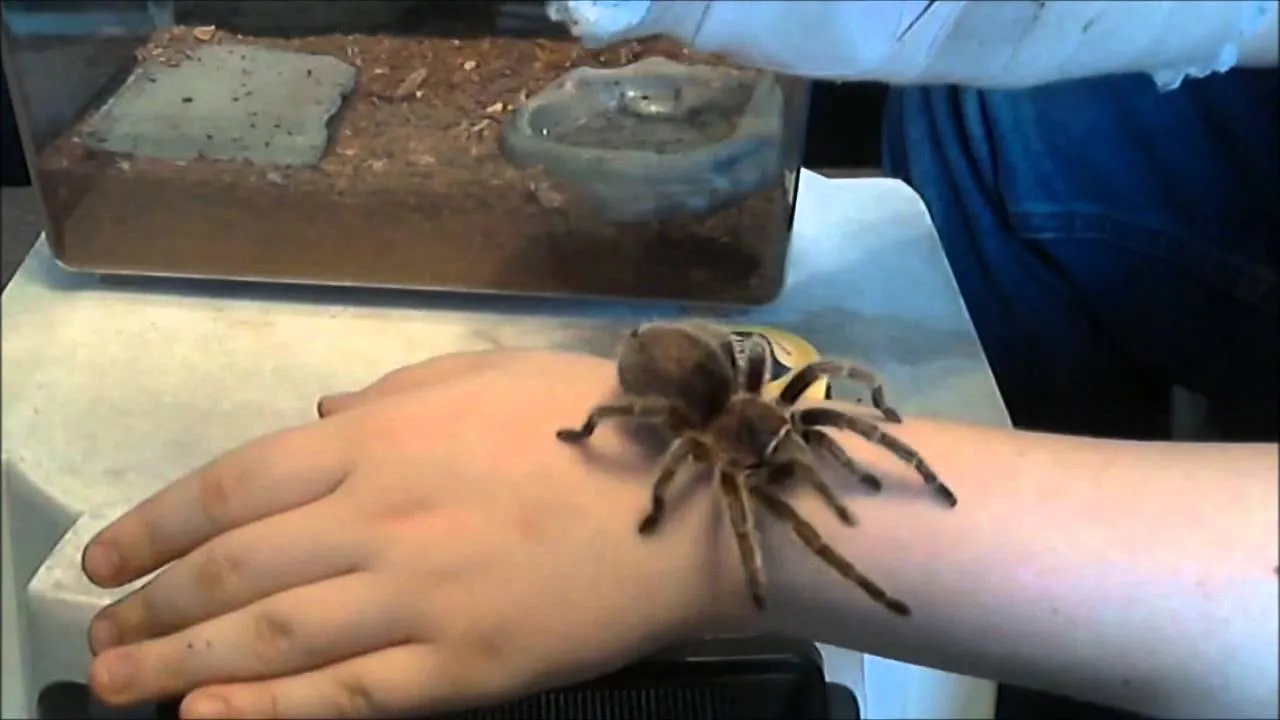
Handling should be kept to a minimum. Avoid handling your tarantula unless necessary, such as when cleaning the enclosure or during a health check. Never handle a tarantula immediately after feeding or during molting. Molting tarantulas are particularly vulnerable and stressed. If the tarantula appears stressed, defensive, or agitated, it’s best to avoid handling. Recognizing signs of stress is crucial. Observe your tarantula for any changes in behavior, such as a defensive posture or flicking of urticating hairs. Always prioritize the tarantula’s comfort and well-being by minimizing unnecessary handling.
Safe Handling Techniques
If you choose to handle your Rose Hair Tarantula, it’s important to do so safely. Handle them close to the ground or a soft surface to minimize the risk of injury if they fall. Gently coax the tarantula onto your hand using a soft paintbrush or a piece of paper. Avoid sudden movements or loud noises, which could startle them. Never try to grab or force a tarantula. Always wash your hands thoroughly before and after handling to prevent the transfer of any harmful substances. Handle the tarantula slowly and gently, allowing them to walk on your hand at their own pace. Be mindful of the tarantula’s body language and put them back in their enclosure if they show any signs of stress or discomfort.
Understanding Tarantula Behavior
Understanding your Rose Hair Tarantula’s behavior is essential for providing proper care and ensuring their well-being. Tarantulas communicate through their body language and actions, and knowing how to interpret these signals will help you avoid unnecessary stress and potential harm. Pay attention to your tarantula’s posture, movements, and overall demeanor to better understand their needs and respond accordingly. This knowledge will enable you to provide a more enriching and stress-free environment, contributing to a healthier and happier pet.
Recognizing Signs of Stress or Illness
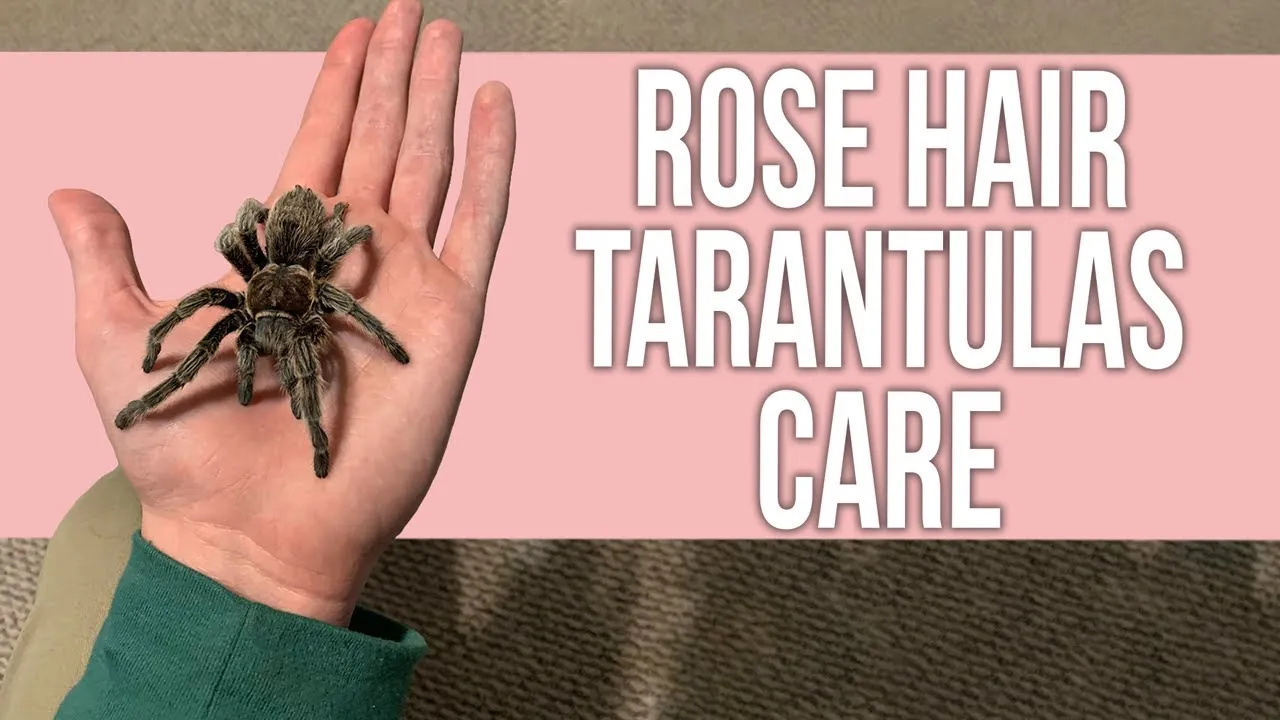
It’s important to be able to recognize the signs of stress or illness in your Rose Hair Tarantula. Common signs of stress include a defensive posture, such as raising their front legs, flicking urticating hairs, or hiding constantly. Loss of appetite, lethargy, or changes in behavior are also indicators that something is wrong. If you notice any of these signs, it’s important to assess the situation. Check the environmental conditions (temperature, humidity), review your handling practices, and consult with a veterinarian or experienced tarantula keeper if the issues persist. Early detection and intervention are crucial for addressing health issues and maintaining your tarantula’s well-being.
Common Health Issues and Preventative Care
Rose Hair Tarantulas are generally hardy creatures, but they can still be susceptible to certain health issues. Common issues include parasitic infections, mites, and injuries from falls. To prevent health problems, maintain a clean and properly maintained enclosure. Regularly remove uneaten food and any waste. Provide appropriate temperature and humidity levels. Inspect your tarantula regularly for any signs of parasites or injuries. Quarantine any new tarantulas before introducing them to your existing collection. Consult with a veterinarian or experienced tarantula keeper if you notice any health concerns. Preventative care helps ensure that your tarantula enjoys a long and healthy life.
Breeding and Reproduction of Rose Hair Tarantulas
Breeding Rose Hair Tarantulas is a fascinating but advanced aspect of tarantula keeping. It involves a deep understanding of their reproductive cycle, environmental requirements, and the care of spiderlings. It’s important to have experience with tarantulas before attempting to breed them. Careful preparation and monitoring are essential for a successful breeding experience. Understanding the process and providing the correct conditions will increase the chances of a healthy breeding cycle and successful offspring.
The Breeding Process
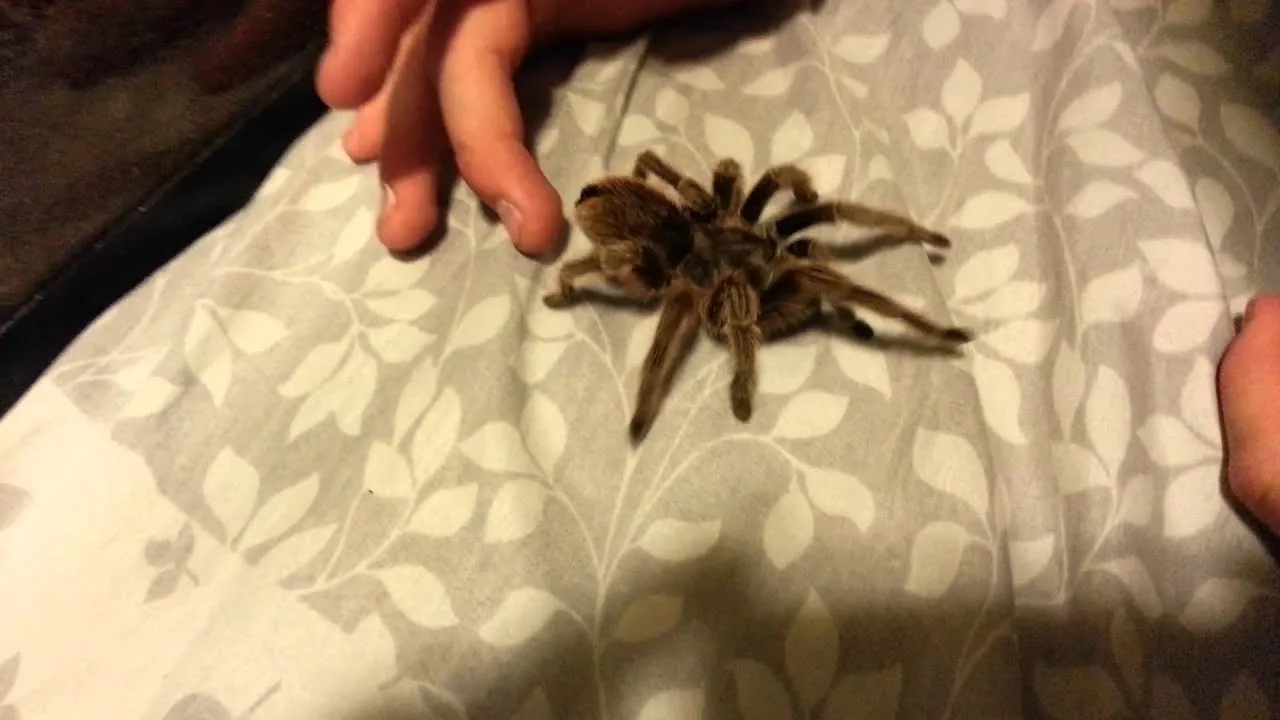
Breeding Rose Hair Tarantulas requires a mature male and female. The male will typically build a sperm web and deposit his sperm, which he will then transfer to the female during mating. Mating is a delicate process, and the male may be at risk of being eaten by the female. If successful, the female will produce an egg sac, which she will guard carefully. The egg sac typically contains several hundred eggs, and the incubation period can last several weeks. Careful monitoring of the female is essential during this period. After the eggs hatch, the spiderlings will remain with the female for a period of time before dispersing. It’s very important to note the risks involved in breeding and to be able to deal with those risks.
Caring for Spiderlings
Caring for spiderlings is a challenging but rewarding task. The spiderlings are very small and require a specialized environment. Provide small enclosures, appropriate substrate, and ensure proper humidity and temperature. Feed the spiderlings small, live insects such as fruit flies or pinhead crickets. Separate the spiderlings to prevent cannibalism. Provide ample space and a varied diet as they grow. Monitoring their growth and molting process is key. Providing the right environment and care will help the spiderlings thrive and grow into healthy adults.
Conclusion
Caring for a Rose Hair Tarantula can be a rewarding experience for any pet enthusiast. With proper research, preparation, and dedication, you can provide a happy and healthy life for your tarantula. Remember to prioritize their well-being by providing a suitable habitat, a balanced diet, and minimizing stress. Regular observation, responsible handling, and a commitment to learning will contribute to a long and fulfilling partnership with your Rose Hair Tarantula. Enjoy the unique experience of owning one of these amazing creatures!
